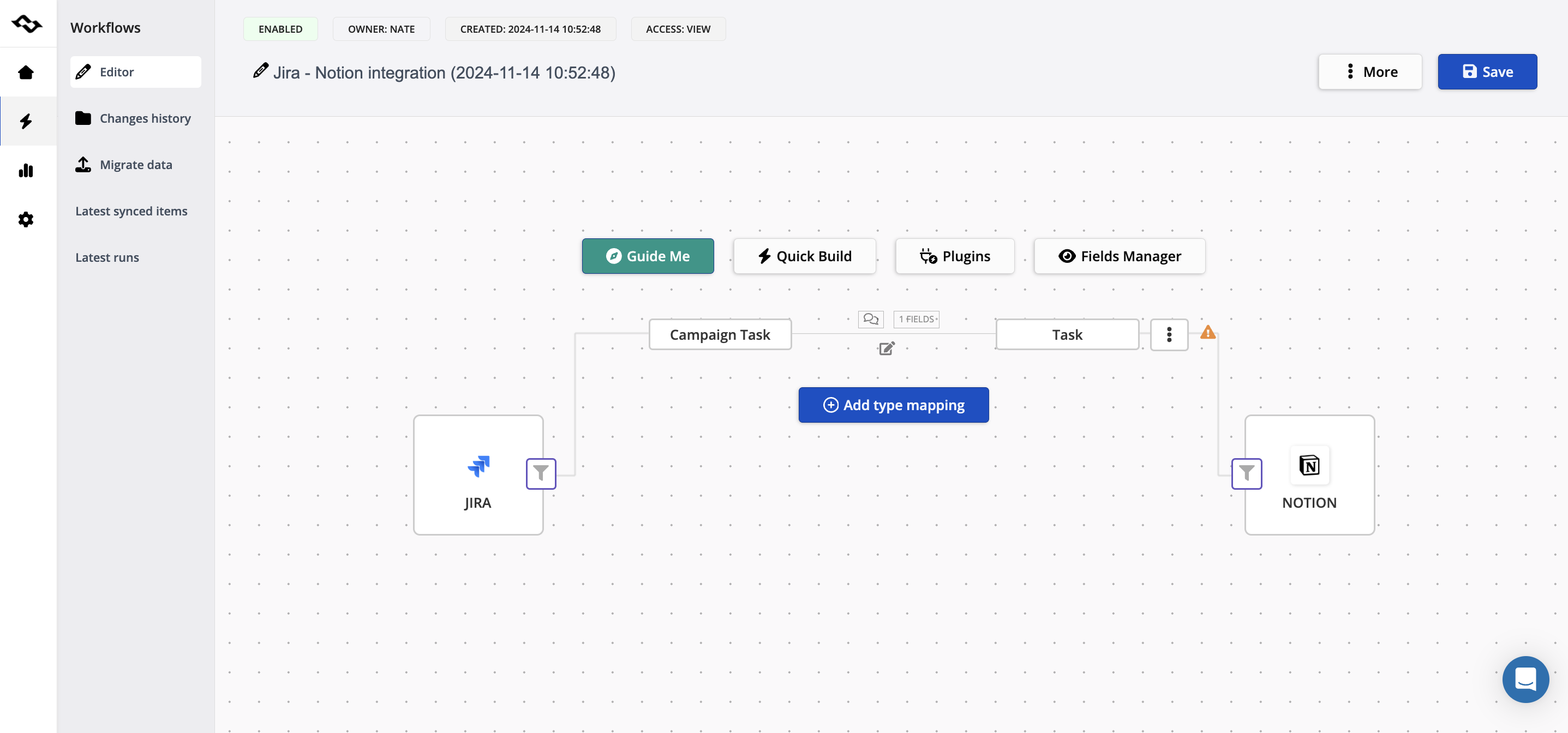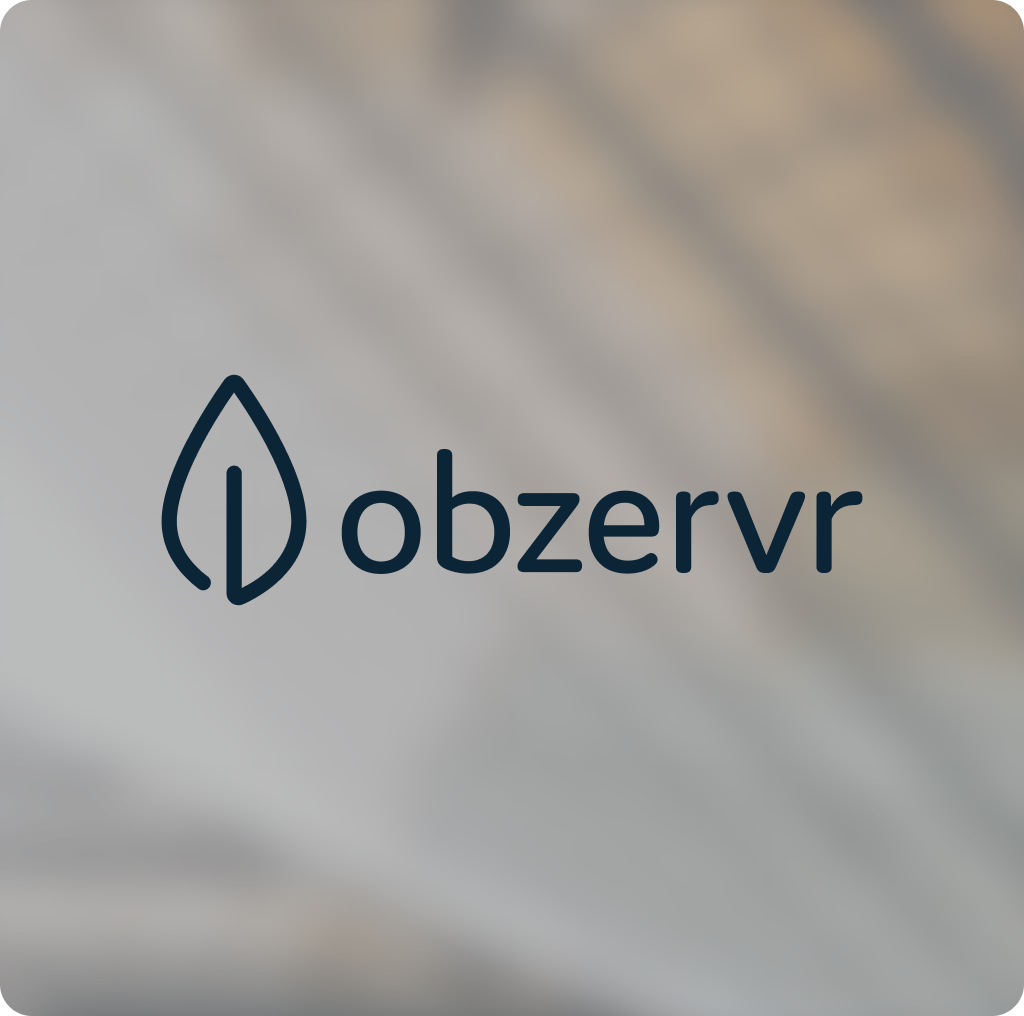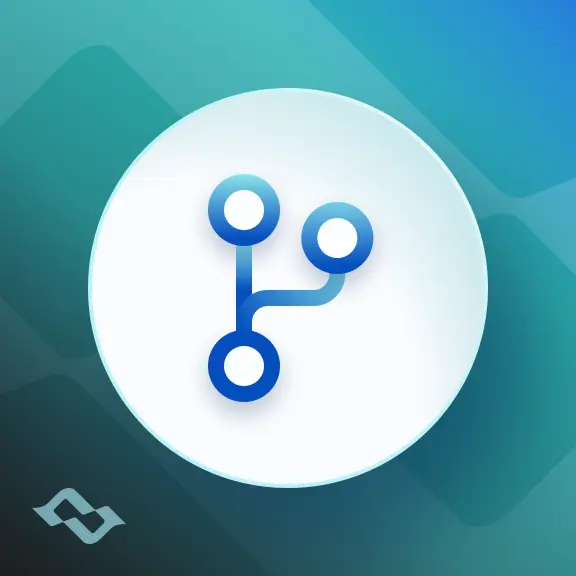Every modern team juggles multiple project management tools. One department may prefer Jira for agile boards, while another thrives in Monday.com or Asana. Service teams lean on ServiceNow, while product managers might log requests in Trello or ClickUp. The result? Data silos, manual updates, and hours wasted on manual data entry just to keep everyone aligned.
This is where no-code integration steps in. Instead of writing code or hiring developers to build expensive custom connectors, teams can now use no-code platforms that rely on drag and drop tools, pre-built components, and visual interfaces. These no-code solutions give teams the power to connect tools, synchronize data, and automate workflows—without touching a single line of code.
In this guide, we’ll explore what no-code integration really is, why it matters for project management, and how it helps non-technical users align tools seamlessly. We’ll also compare integration platforms, outline key features, and show you why choosing the right partner (like Getint) can completely transform your data management process.
What Is No-Code Integration?
At its core, no-code integration is about connecting apps, tools, and systems without needing coding knowledge. Instead of writing code, users work with drag and drop functionality inside a visual interface. They can map fields, set rules for data validation, and configure automation that keeps their systems in sync.
Think of it as workflow automation tools meeting integration platforms. A marketer can sync leads from HubSpot to Jira. A product manager can send feature requests from Monday.com to GitLab. A service agent can push tickets from ServiceNow to Jira in real time. All of this happens without manual coding, yet the workflows are robust enough to handle more complex projects.
In short: no-code platforms provide the ability to seamlessly integrate tools, giving teams a seamless data flow across different environments.
Why No-Code Integration Is a Game-Changer for Project Management
Project management thrives on clarity and alignment. Without it, deadlines slip, resources are wasted, and miscommunication spreads. Let’s break down why no-code integration platforms are a game-changer:
- Eliminates Data Silos
By integrating data across tools, everyone works with the same information—whether they live in Jira, Asana, or Monday.com. - Reduces Software Development Costs
Traditional software solutions for integration often involve custom code, developers, and months of implementation. No-code development shortens that cycle drastically. - Empowers Non-Technical Users
Instead of waiting for IT, non-technical users can configure integrations themselves. By enabling users, organizations unlock agility and speed. - Improves Data Quality
With automation, there’s less manual data entry, fewer errors, and improved data quality. - Supports Data Governance
Features like access controls, data validation, and audit trails ensure data security and compliance. - Scales with Your Business Processes
Whether you’re managing simple workflows or more complex projects, modern integration platforms offer advanced features to grow with you.

Examples of No-Code in Action
You may be wondering: What does a no-code integration look like in practice? Here are some examples:
- A support team connects ServiceNow to Jira so customer issues logged in ServiceNow automatically create tickets in Jira, keeping engineers aligned.
- A product manager uses a no-code development platform to send feature requests from Trello into GitHub, prioritizing them alongside engineering tasks.
- A business analyst automates data collection from different tools into one reporting dashboard, allowing leadership to analyze data and make data-driven decisions faster.
These scenarios show how no-code solutions transform disconnected tools into integration processes that work like one system.
No-Code vs. Low-Code vs. Traditional Code
Not all integrations are created equal. It’s important to understand where no-code, low-code, and code solutions fit in:
- No-Code
Built for both - technical and non-technical users, offering drag and drop features, pre-built templates, and a visual interface. Perfect for everyday data integration tasks. - Low-Code Integration
Combines pre-built components with the option to add custom code. Great for teams with some technical skill handling more complex projects or unique business rules. - Traditional Code Solutions
Require developers, functional code, and a full development process. While flexible, they increase software development costs and slow down delivery.
The future lies in no-code development and low-code tools, which allow a broader range of businesses to move faster while maintaining flexibility.
Key Features of No-Code Integration Platforms
Not all integration platforms are equal. When evaluating the best no-code integration for your project management tools, look for these key features:
- Visual Interface with drag and drop functionality for mapping workflows.
- Pre-built templates and pre-built components for common integration processes.
- Access controls to maintain data security and data governance.
- Support for multiple data sources and data pipelines.
- Advanced features like conditional logic, branching, and workflow automation tools.
- Options to enable non-technical users while supporting IT teams with low-code integration when needed.
How No-Code Platforms Provide Value
Modern no-code platforms offer more than just ease of use. They transform organizations by:
- Enabling organizations to break down data silos and improve collaboration.
- Allowing users to build integrations without waiting for developers.
- Creating apps and workflows that align with specific business processes.
- Supporting data management, data handling, and data synchronization across tools.
In short, no-code platforms provide a way to reduce bottlenecks, improve speed, and give teams confidence that their tools are aligned.
Why Getint is the Best No-Code Integration for Project Management Tools
At Getint, we’ve helped over 6,000 active installations and 660,000 users keep their project management environments aligned. As a Gold Atlassian Vendor and a partner with platforms like Monday.com and GitLab, we specialize in connecting the tools enterprises rely on most.
Here’s why customers choose Getint:
- Focus on Enterprises and ITSM
We understand the complexity of enterprise business processes and design integrations that scale. - Trusted Security
With ISO 27001, ISO 27018, SOC 2 Type II, and GDPR compliance, we put data security and data governance at the heart of every data integration process. - Support for Non-Technical Users
Our platform is built to enable both - technical and non-technical users, with drag and drop features and easy visual interfaces. - Scalable Advanced Features
From pre-built templates to custom workflows, we support integration processes for simple teams and more complex projects alike. - Human Support That Cares
Our customers often highlight our team (big up to Mayra) for going above and beyond—helping them configure integrations and ensuring ongoing success.
By choosing Getint, you’re not just investing in an integration platform. You’re gaining a partner who ensures your data integration tasks align with your strategy and your people.

The Future of No-Code Development
The no-code development movement is only accelerating. As more teams adopt no-code platforms offer flexibility and ease of use, the reliance on traditional developers will shift. We’ll see:
- Integration platforms that handle data pipelines and data analysis in real time.
- A new generation of workflow automation tools designed to automate repetitive tasks.
- No-code development platforms enabling creating apps that were once only possible with manual coding.
- Stronger focus on data accuracy, data validation, and data quality to fuel data-driven decision making.
For project management, this means a world where tools connect instantly, information flows without barriers, and business processes adapt at the speed of change.
Conclusion: Keeping Your Project Management Tools Aligned
Teams don’t have the luxury of wasting time reconciling information between Jira, ServiceNow, Asana, and Monday.com. They need alignment. They need confidence that their data management process is reliable. And they need integrations that work without complexity.
The best no-code integration platforms deliver exactly that. They enable organizations to connect tools, seamlessly integrate data, and give non-technical users the power to act.
At Getint, we believe that no-code development is more than a trend—it’s the foundation of how modern teams collaborate. With our integration platforms, allowing users to build, automate, and scale, we help enterprises focus less on data handling and more on creating value.
The future of project management is clear: aligned tools, unified teams, and no-code solutions that make it possible.

























